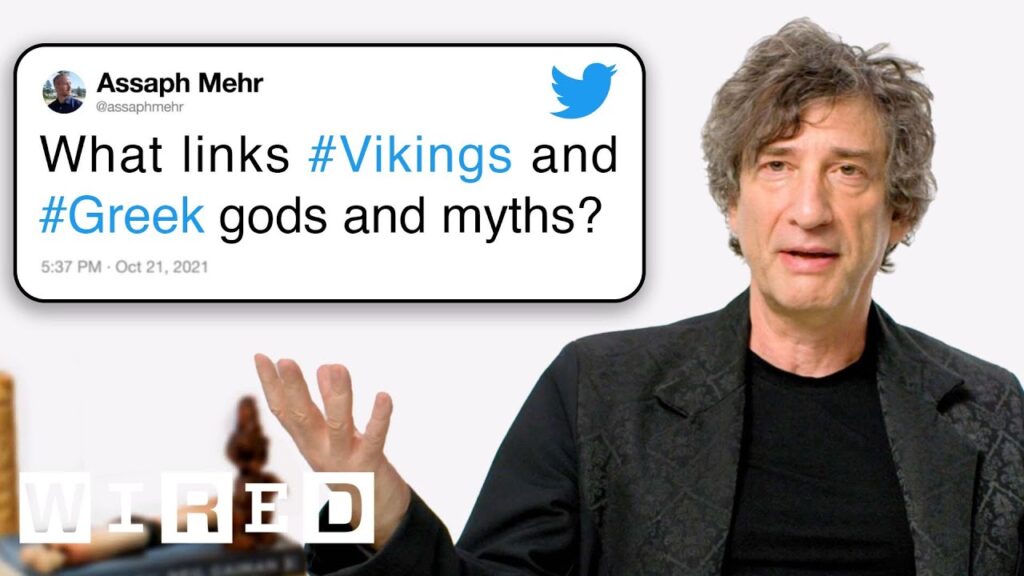What You Need to Know About the COVID-19 Pandemic
Summary
The COVID-19 pandemic is a rapidly-spreading global health crisis caused by the SARS-CoV-2 virus. While the death rate is lower than other severe coronaviruses, it has the potential to become a pandemic that affects a large number of people. The focus is on slowing the spread of infection, developing treatments and vaccines, and taking precautions such as hand-washing and social distancing. Although it will likely continue to spread globally until it becomes as common as the other four coronaviruses, virologists predict that the majority of those who become infected will have a milder version of the disease.
Table of Contents
- What is the new coronavirus and the disease it causes?
- What is a pandemic?
- How can we slow the spread of infection?
- Should I wear a mask?
- What are some of the past examples of pandemics?
- How can we coordinate a global response to pandemics?
- How many people could become infected?
- How long until a vaccine is available?
- What is the focus of the pandemic response?
- What other precautions should we take?
Introduction
As the world continues to be affected by the COVID-19 pandemic, many questions arise. What is the new coronavirus and the disease it causes? How can we slow the spread of infection? Should we wear masks? How long until a vaccine is available? In this Q&A article, we’ll answer these questions and more.
What is the new coronavirus and the disease it causes?
The new coronavirus is a respiratory virus that was first identified in Wuhan, China in December 2019. The virus, called SARS-CoV-2, causes a disease known as COVID-19. Symptoms of COVID-19 include fever, coughing, and shortness of breath. While the death rate is lower than other severe coronaviruses, it is still important to take precautions and have a plan in place.
What is a pandemic?
A pandemic is a disease that spreads globally and affects a large number of people. The COVID-19 virus has the potential to become a pandemic, and the focus is on slowing the spread of infection by isolating infected individuals and developing treatments and vaccines.
How can we slow the spread of infection?
Practicing good hygiene is one of the most important ways to slow the spread of infection. This includes washing hands regularly with soap and water for at least 20 seconds, practicing good cough hygiene, and social distancing. Social distancing means avoiding large gatherings, staying at least six feet away from other people, and limiting contact with others as much as possible.
Should I wear a mask?
Masks are recommended for those with symptoms of respiratory disease and those caring for sick individuals. However, masks are not recommended for those who are not sick, as they can create a false sense of security and may lead to people neglecting other precautions.
What are some of the past examples of pandemics?
Past examples of pandemics include the Black Death, Spanish flu, HIV-AIDS, SARS, and swine flu. These pandemics have had a significant impact on global health and the economy, highlighting the importance of taking precautions and developing treatments and vaccines.
How can we coordinate a global response to pandemics?
A coordinated global response is necessary to effectively respond to pandemics. This includes sharing information and resources, developing treatments and vaccines, and implementing preventive measures such as surveillance and quarantine.
How many people could become infected?
Virologists predict that possibly 40 to 70 percent of adults around the world will become infected with the virus. However, the majority of those who become infected are more likely to have a milder version of the disease.
How long until a vaccine is available?
A vaccine candidate could be ready for early phases of safety testing in April, but it would still be 18 months or more until a vaccine is available. In the meantime, development of treatments and preventive measures is crucial.
What is the focus of the pandemic response?
The focus of the pandemic response is on geographic spread and does not consider the severity of the disease. This means that even if the majority of cases are mild, it is still important to take precautions and slow the spread of infection to prevent overwhelming healthcare systems and protect vulnerable populations.
What other precautions should we take?
In addition to practicing good hygiene and social distancing, it is important to stay informed and follow recommendations from trusted sources such as the World Health Organization (WHO) and the Centers for Disease Control and Prevention (CDC). Additionally, being prepared with supplies and having a plan in place can help alleviate anxiety and ensure a smooth response in case of infection.
Conclusion
The COVID-19 pandemic is a rapidly-spreading global health crisis that requires a coordinated and multifaceted response. While a vaccine is still a ways off, taking precautions such as practicing good hygiene and social distancing can help slow the spread of infection and protect vulnerable populations. By staying informed and prepared, we can all do our part to combat this pandemic.







